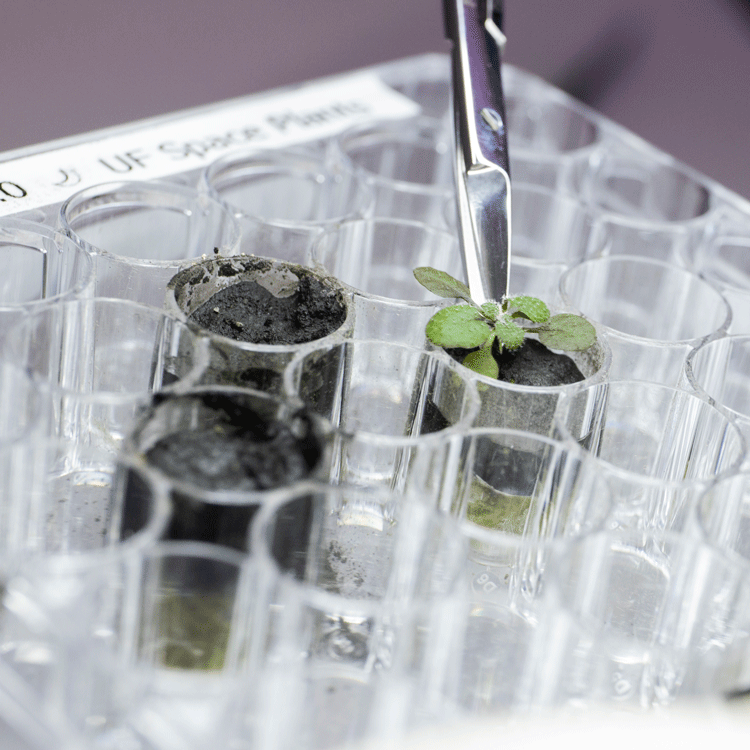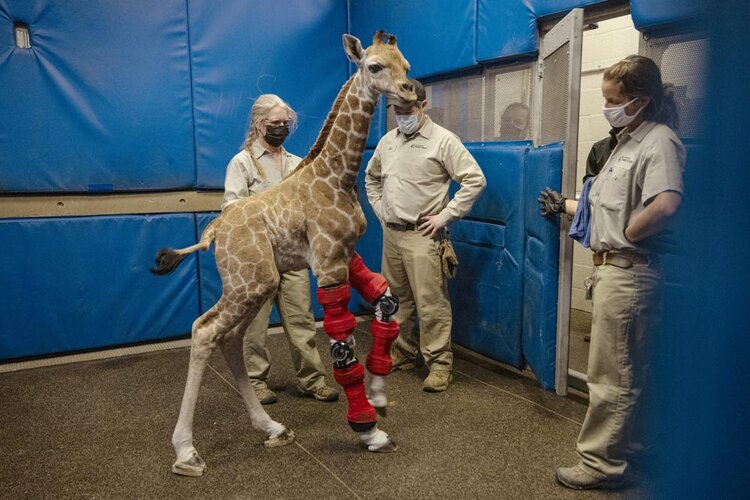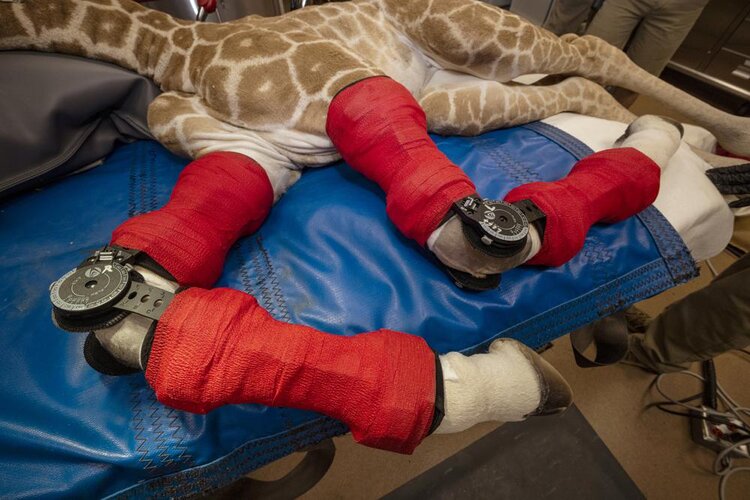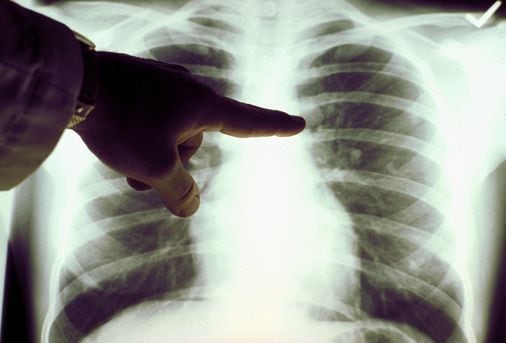Sailorsaint
Guest
- Joined
- Mar 8, 2005
- Messages
- 12,422
- Reaction score
- 21,782
Online
This would be terrifying, but it led to more information about the brain and how it works…
Follow along with the video below to see how to install our site as a web app on your home screen.

Note: this_feature_currently_requires_accessing_site_using_safari

Obviously to keep out the illegal aliensMysterious invisible walls may have been discovered in outer space
Scientists may have found an explanation for the invisible walls in space that hold galaxies in orbit around larger galaxies.bgr.com
I want to see that from the JWST.First image of supermassive black hole at the center of Milky Way galaxy revealed
https://www.cnn.com/2022/05/12/world/milky-way-center-black-hole-image-scn/index.html





What I’m waiting on is for someone to figure out how to replenish the mitochondria and regenerate the optic nerve. This is what’s happening to my son. He will eventually be blind because his optic nerve is degenerating due to a genetic defect from his mother.When a neuron loses its connection to neighboring cells, that’s typically an irreversible fate. But in new research, scientists have found a way to revive the connections of light-sensing neurons in human retinas obtained from postmortem organ donor eyes.
Up to five hours after a person dies, eyes still typically respond to light. But those light-sensing cells, called photoreceptors, cannot communicate with other retina cells, rendering them essentially ineffective. A team of researchers managed to take human eyes from a newly deceased organ donor and, using a bespoke carrier for the eyes that kept them oxygenated in transport, maintained the flow of nutrients.
When the team then electrically stimulated the retina, they were able to restore the natural electrical pulses of photoreceptors in the macula, a region in the human retina responsible for our central field of vision. The research, a scientific first for postmortem eyes, was published in Nature on Wednesday.
“We were able to make the retinal cells talk to each other, the way they do in the living eye to mediate human vision,” study author Frans Vinberg, an assistant professor of ophthalmology at the University of Utah, said in a statement.
“Past studies have restored very limited electrical activity in organ donor eyes, but this has never been achieved in the macula, and never to the extent we have now demonstrated.”..........
MSN
www.msn.com
Magic legsESCONDIDO, Calif. (AP) — Over the past three decades Ara Mirzaian has fitted braces for everyone from Paralympians to children with scoliosis. But Msituni was a patient like none other — a newborn giraffe.
The calf was born Feb. 1 at the San Diego Zoo Safari Park in Escondido, north of San Diego, with her front limb bending the wrong way. Safari park staff feared she could die if they didn’t immediately correct the condition, which could prevent her from nursing and walking around the habitat.
But they had no experience with fitting a baby giraffe in a brace. That proved especially challenging given she was a 5-foot-10-inch-tall (178-centimeter) newborn and growing taller every day. So, they reached out to experts in orthotics at the Hanger Clinic, where Mirzaian landed his very first animal patient.
“It was pretty surreal when I first heard about it,” Mirzaian told The Associated Press this week during a tour to meet Msituni, who was strutting alongside the other giraffes with no troubles. “Of course, all I did was go online and study giraffes for like 24/7 until we got out here.”............
Bracing for her future: Baby giraffe fitted with orthotic
A baby giraffe was born at the San Diego Zoo Safari Park with an unusual disorder that caused her front limb to bend the wrong way.apnews.com
That's all fine. It's when they can learn on their own and reproduce that I'll get a bit concerned. Right now, the AI only knows what we tell it and only reproduces when we tell it how/to.So SkyNet or Johnny 5?
==================
Human-level artificial intelligence is close to finally being achieved, according to a lead researcher at Google’s DeepMind AI division.
Dr Nando de Freitas said “the game is over” in the decades-long quest to realise artificial general intelligence (AGI) after DeepMind unveiled an AI system capable of completing a wide range of complex tasks, from stacking blocks to writing poetry.
Described as a “generalist agent”, DeepMind’s new Gato AI needs to just be scaled up in order to create an AI capable of rivalling human intelligence, Dr de Freitas said.
Responding to an opinion piece written in The Next Web that claimed “humans will never achieve AGI”, DeepMind’s research director wrote that it was his opinion that such an outcome is an inevitability.
“It’s all about scale now! The Game is Over!” he wrote on Twitter.
“It’s all about making these models bigger, safer, compute efficient, faster at sampling, smarter memory, more modalities, innovative data, on/offline... Solving these challenges is what will deliver AGI.”
When asked by machine learning researcher Alex Dimikas how far he believed the Gato AI was from passing a real Turing test – a measure of computer intelligence that requires a human to be unable to distinguish a machine from another human – Dr de Freitas replied: “Far still.”.
Leading AI researchers have warned that the advent of AGI could result in an existential catastrophe for humanity, with Oxford University Professor Nick Bostrom speculating that a “superintelligent” system that surpasses biological intelligence could see humans replaced as the dominant life form on Earth............
MSN
www.msn.com
You'd think, but not exactly.That's all fine. It's when they can learn on their own and reproduce that I'll get a bit concerned. Right now, the AI only knows what we tell it and only reproduces when we tell it how/to.
Once the software had been shown large numbers of race-labeled images, it was then shown different sets of unlabeled images. The program was able to identify the race of people in the images with remarkable accuracy, often well above 90 percent. Even when images from people of the same size or age or gender were analyzed, the AI accurately distinguished between Black and white patients.
But how? Ghassemi and her colleagues remain baffled
